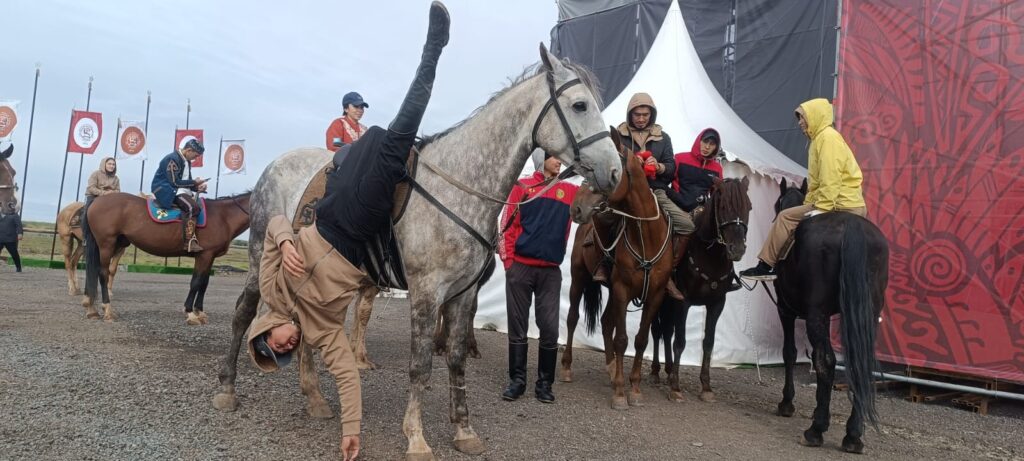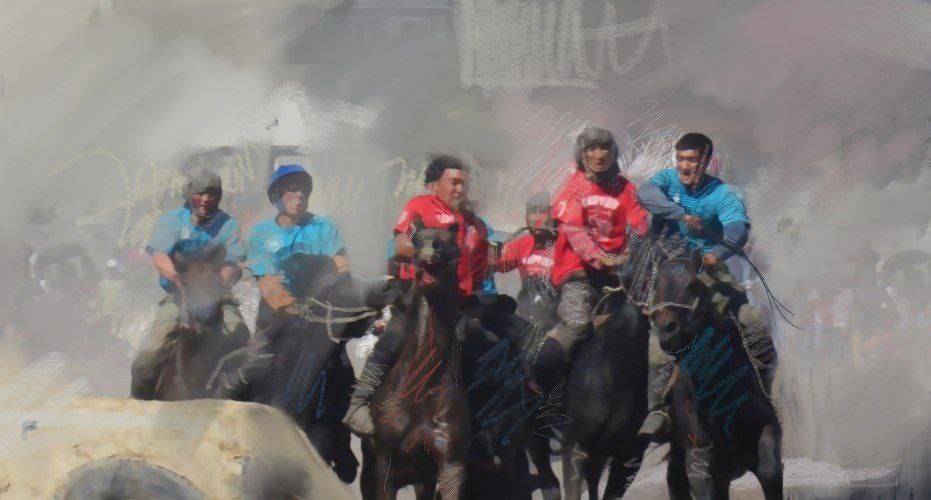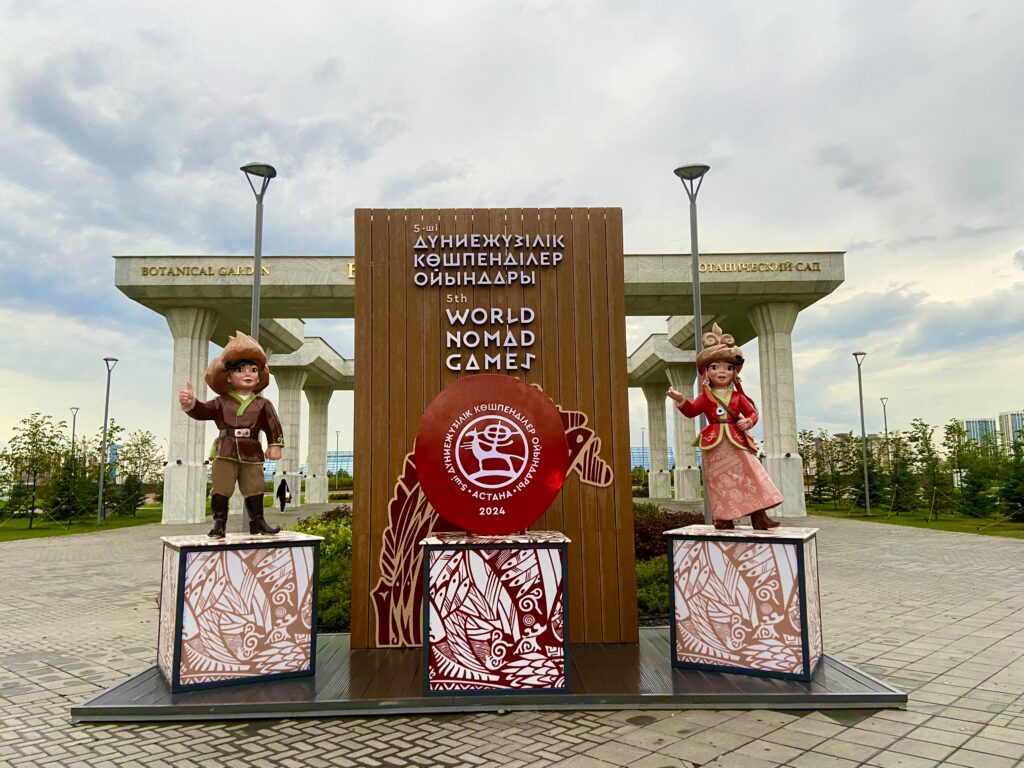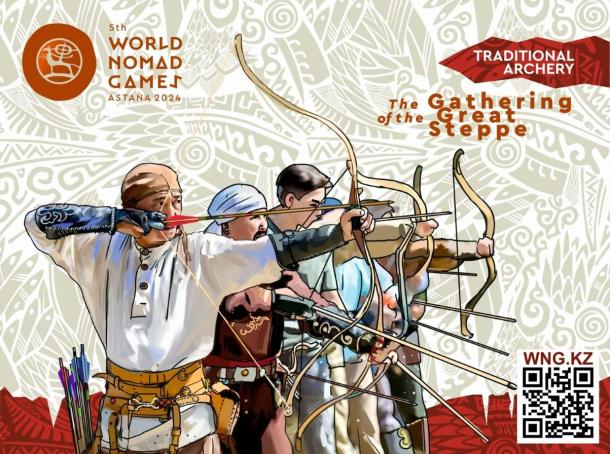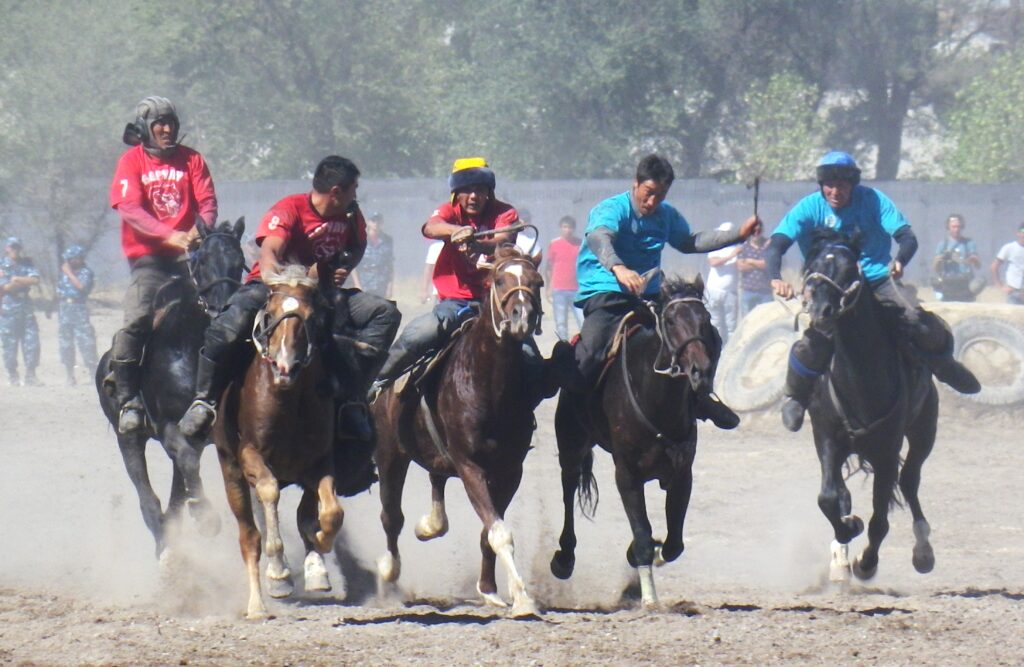Preparations for World Nomad Games in Full Swing
The excitement is palpable as the World Nomad Games draw near, with preparations reaching their peak. In the heart of Kazakhstan, the Ethnoaul village has transformed into a vibrant hub of cultural celebration, with 17 regions proudly showcasing their heritage through the erection of traditional yurts. These structures not only serve as a testament to Kazakhstan's rich nomadic history but also as a welcoming space for visitors to experience the warmth of Kazakh hospitality. [caption id="attachment_22839" align="aligncenter" width="1600"] Image: Ilyas Otan[/caption] The village is buzzing with activity as skilled craftsmen display their intricate handiwork, from ornate textiles to beautifully crafted jewelry, each piece telling a story of cultural legacies. Artists are bringing the village to life with vibrant performances and exhibitions, while chefs are preparing to tantalize the taste buds of attendees with traditional Kazakh cuisine, offering a culinary journey through the diverse flavors of the region. [caption id="attachment_22840" align="aligncenter" width="1600"] Image: Ilyas Otan[/caption] Athletes, musicians, and performers from all corners of the globe have descended upon the village, each bringing their unique flair to the games. Among them, TCA met enthusiastic archers from France and Poland, whose passion for the sport is matched only by their eagerness to engage with fellow competitors and share in the cultural exchange that the games foster. [caption id="attachment_22841" align="aligncenter" width="1600"] Image: Ilyas Otan[/caption] Nature has its own plans, however, with forecasts predicting rain, casting a shadow over the festivities. Yet, the spirit of the participants remains undampened, as they view the challenge as an opportunity to unite under a common cause, demonstrating their resilience and camaraderie. [caption id="attachment_22842" align="aligncenter" width="1600"] Image: Ilyas Otan[/caption]
